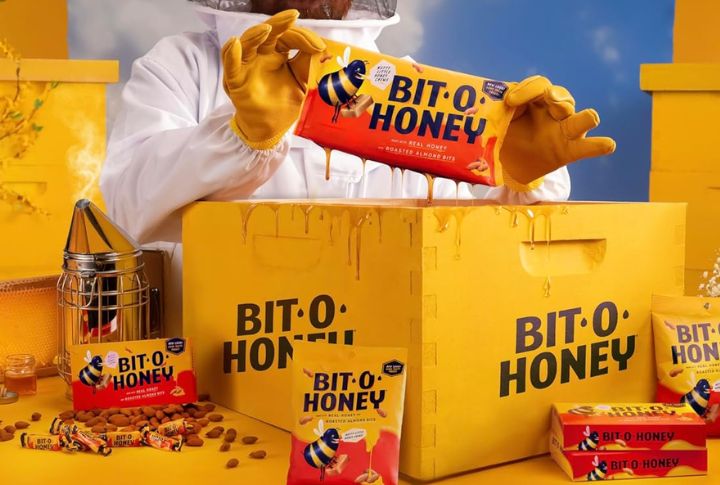
America’s candy history is packed with bold flavors and nostalgic wrappers that define generations. These vintage bars weren’t just sweets—they were cultural moments. Each treat tells a story of invention and indulgence. So, let’s recall the 20 classic candy bars that shaped America’s sugary history.
Butterfinger
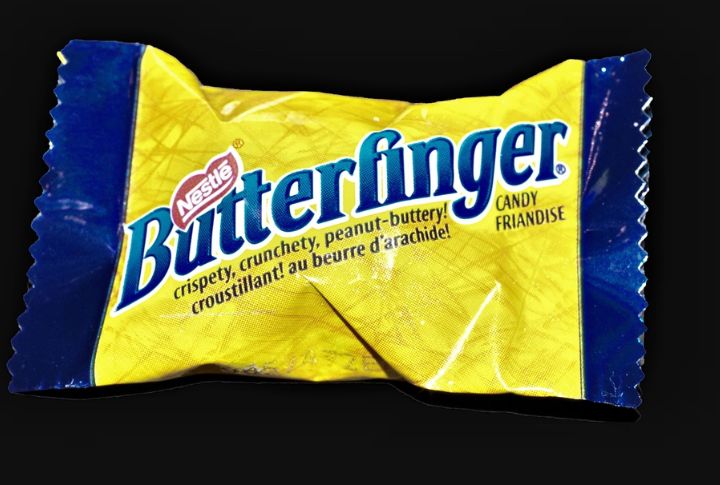
Introduced in 1923, Butterfinger earned attention with its crisp, flaky layers of peanut butter candy coated in chocolate. Created by the Curtiss Candy Company, the bar stood out with bold radio promotions and later became a pop culture staple through “The Simpsons.” The unique texture helped it stand apart from others.
Clark Bar
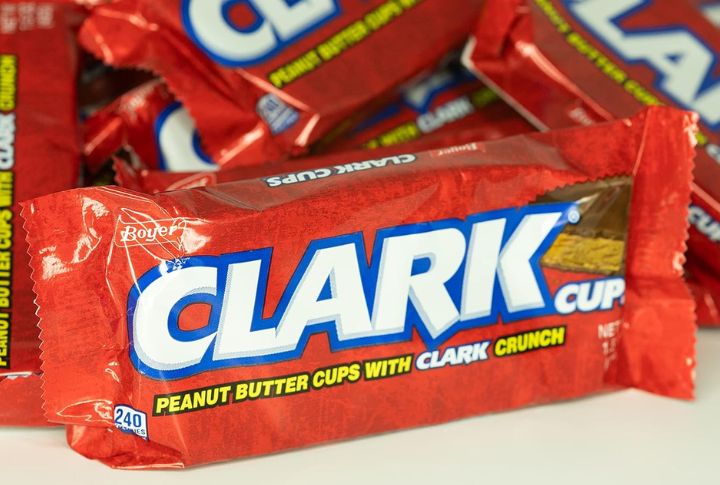
Pennsylvania-based D.L. Clark Company launched the Clark Bar in 1917, making it one of America’s earliest combination candy bars. The crispy peanut butter core, enveloped in smooth milk chocolate, competed directly with Baby Ruth. Soldiers carried it during WWII—now that’s battlefield-worthy nostalgia.
Zagnut
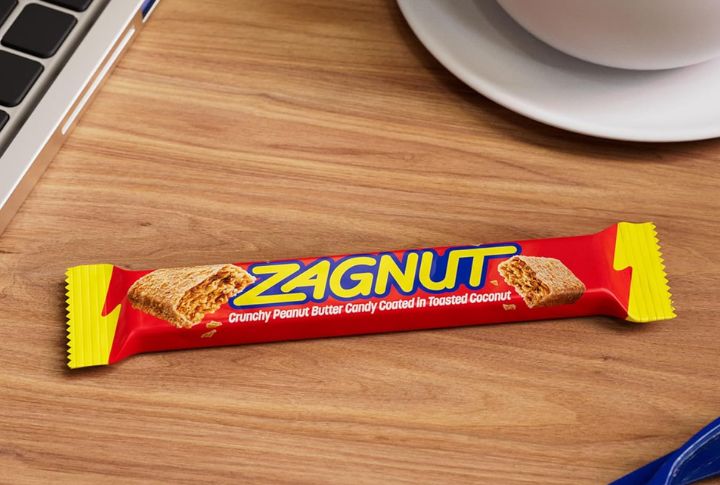
Bold and baroque, Zagnut combines toasted coconut and peanut butter without hinting at chocolate. Created by the D.L. Clark Company in 1930, it targeted texture lovers. Unusual yet enduring, the candy defied trends and earned fans among those craving something off the mainstream path.
Necco Wafers
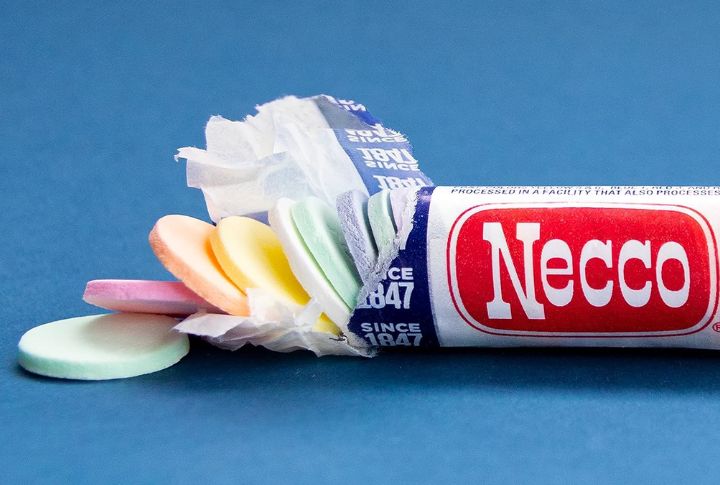
Necco Wafers, dating back to 1847, are among America’s oldest mass-produced candies. The New England Confectionery Company made them a Civil War-era ration. With eight pastel flavors and a powdery crunch, they’ve sparked as much debate as affection. Their nostalgic appeal has kept them alive through factory closures and revivals.
Chunky
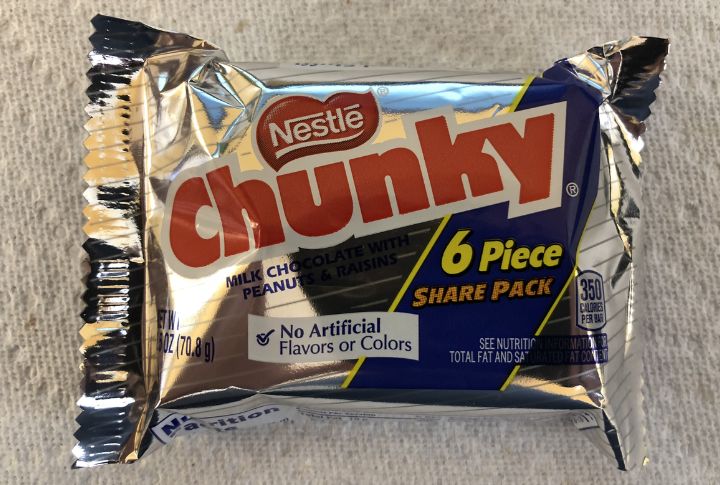
Shaped like no other, Chunky debuted in the 1930s from New York’s Silverstein family. It packed raisins and Brazil nuts into a squat square, perfect for nibblers. During World War II, its compact shape made it ideal for vending machines and ration kits, helping it gain popularity across the country.
Bit-O-Honey
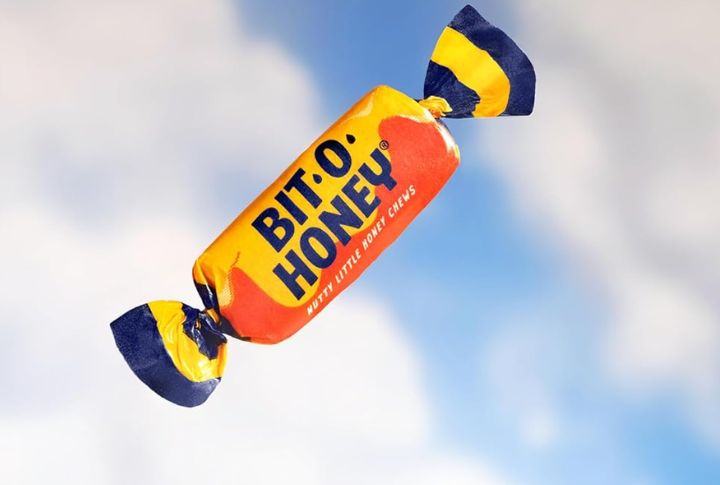
First introduced in 1924, this nostalgic treat continues to delight candy lovers with its unique taste and texture. Bit-O-Honey is a chewy candy packed with a rich honey flavor and nutty almond bits. The signature taffy-like consistency makes every bite last longer, offering a slow, satisfying, sugaryness.
Abba-Zaba
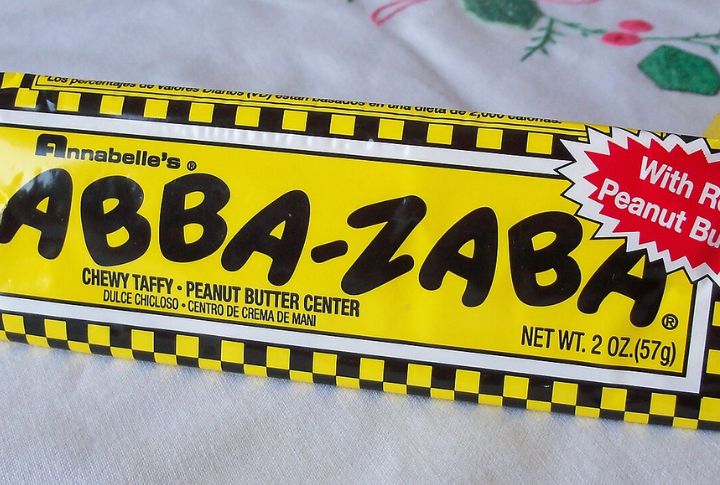
This iconic yellow-and-black checkerboard wrapper has signaled a chewy, taffy center with creamy peanut butter filling since 1923. Sweetness and saltiness play off each other with every chew, making Abba-Zaba a staple for generations of candy lovers that stands the test of time with ease.
Sky Bar
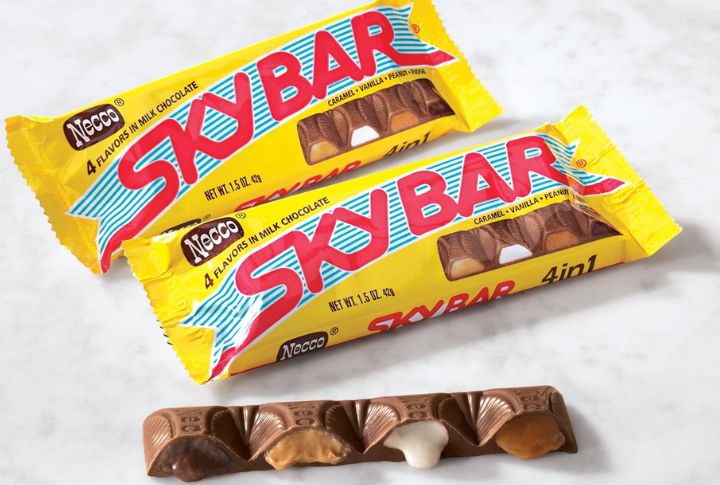
Why settle for one filling? Sky Bar offered four: caramel, vanilla, peanut, and fudge, inside a segmented chocolate shell. Launched by Necco in 1938, it mirrored the era’s love of innovation. Unwrapping one felt like opening a mini sampler box. Choose wisely, as each section has a surprise.
Bun Bar
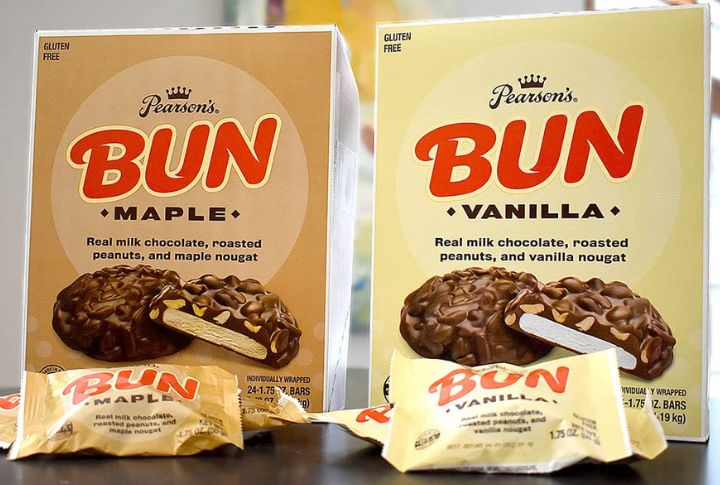
Circular in form and packed with peanuts over nougat or maple creme, the Bun Bar broke away from the rectangular mold. Copyrighted by Wayne Candies in 1947, this confectionery came in multiple flavors and textures. The shape made it easy to split or hoard.
Valomilk
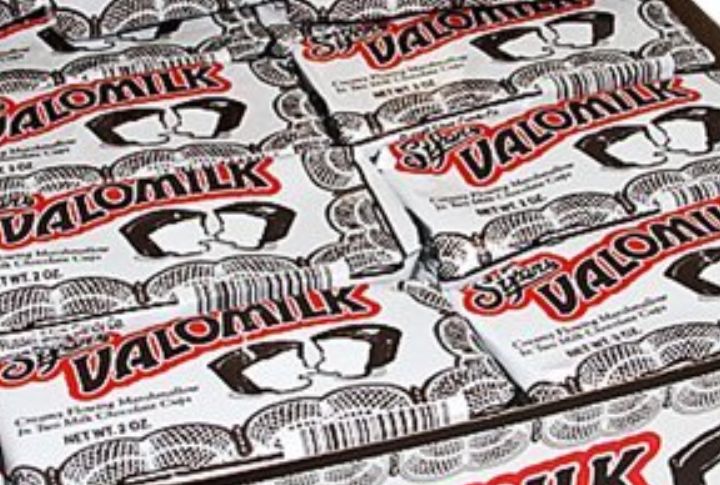
With a luscious vanilla marshmallow filling wrapped in smooth milk chocolate, it has been satisfying sweet tooths since 1931. The signature gooey feel and melt-in-your-mouth experience set it apart from other candies—a rich, nostalgic flavor that has lasted through the decades.
Milkshake Bar

Released in the 1920s by the Hollywood Candy Company, the Milkshake Candy Bar rolled out malt-flavored nougat covered in smooth chocolate. Its fluffy, chewy finish replicated the experience of enjoying a milkshake, which made it a favorite throughout mid-century America until production stopped in the 1980s.
Goo Goo Cluster
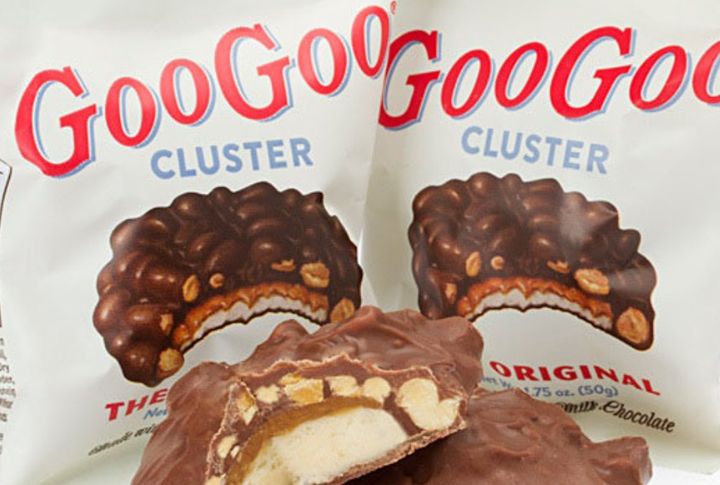
The Goo Goo Cluster, born in 1912 in Nashville, Tennessee, is considered the first combination candy bar. It melds marshmallow nougat and caramel, along with roasted peanuts in milk chocolate. The round, chunky shape, and rich, layered flavors made it a Southern staple and candy bar pioneer.
Marathon Bar
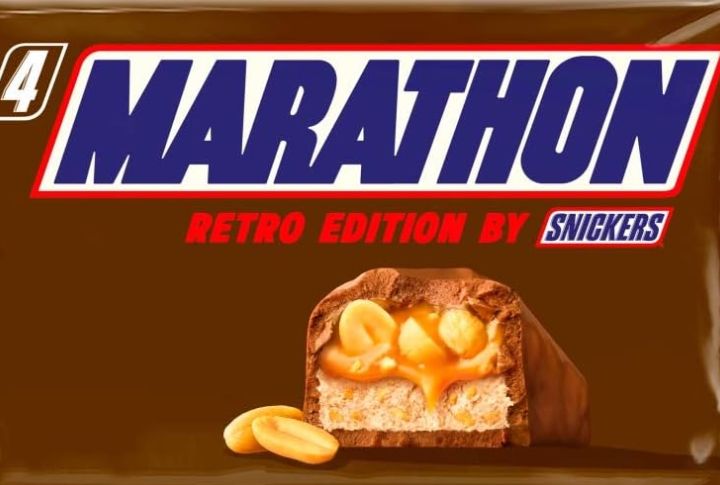
The eight-inch-long braided caramel Marathon Bar challenges your patience. Mars introduced it in 1973. It wrapped caramel ribbons in chocolate and had a ruler on the wrapper. Discontinued in 1981, the bar is still missed by those who loved to stretch snack time.
Zero Bar
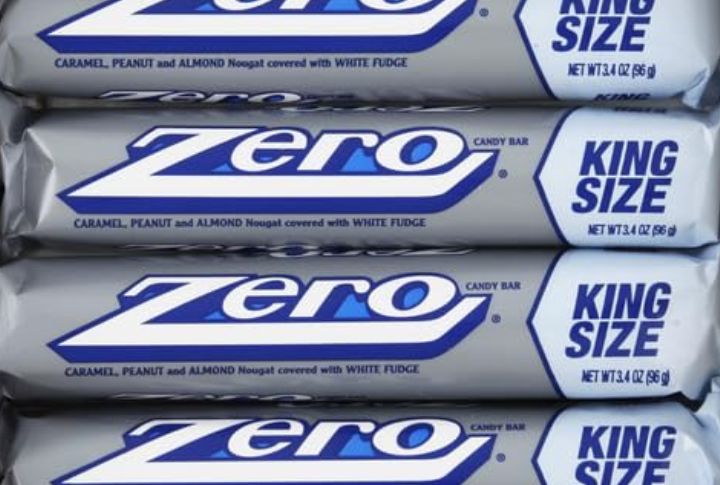
Wrapped in white fudge, the Zero Bar defied expectations. Launched in 1920, its contrast of white coating over caramel, nougat, and peanuts flipped the chocolate norm. It caught the eye in warm climates where dark bars melted fast. Want something different? Zero fits the bill.
Look! Bar
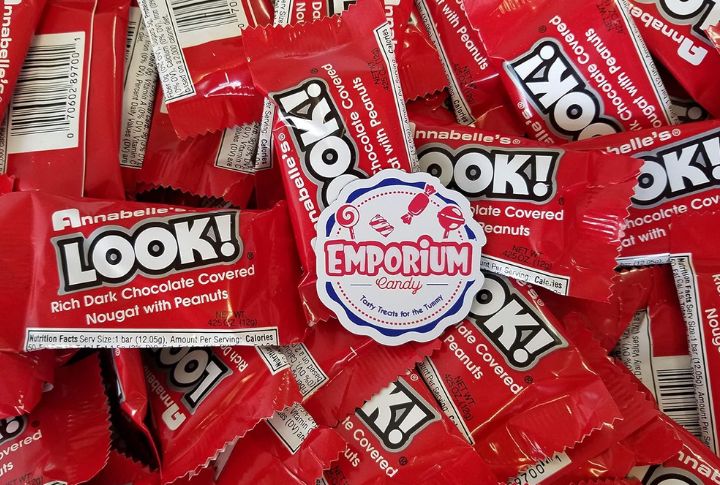
The Look! Bar, made with nougat and roasted peanuts, has roots in the 1950s. It had a bold red foil and West Coast origins that balanced salty and sugary with old-fashioned flair. The bar’s dense texture tested your jaw, but the flavor made the effort count.
Mallo Cup
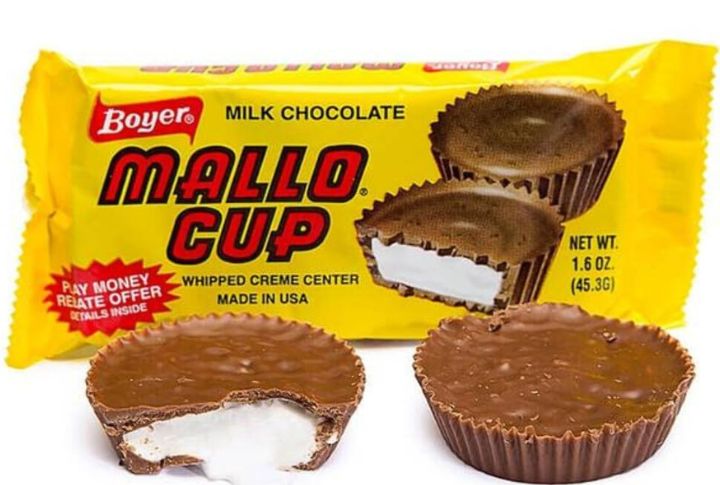
Marshmallow creme and coconut flakes inside a chocolate cup made the Mallo Cup distinct in 1936. Produced by Boyer Brothers in Pennsylvania, it included “Play Money” coupons kids could collect for prizes. The experience was sweet and interactive, like trading cards, but tastier.
PayDay
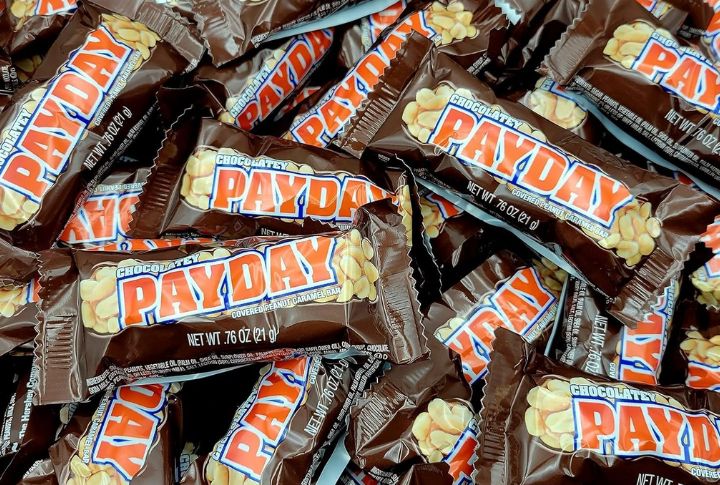
First hitting shelves in 1932, PayDay skipped the chocolate and spotlighted salty roasted peanuts over a caramel core. Frank Martoccio’s innovation appealed to Depression-era customers who valued protein. The salty-sugared combo gained fans fast. Craving crunch and chew? PayDay still hits both notes.
5th Avenue
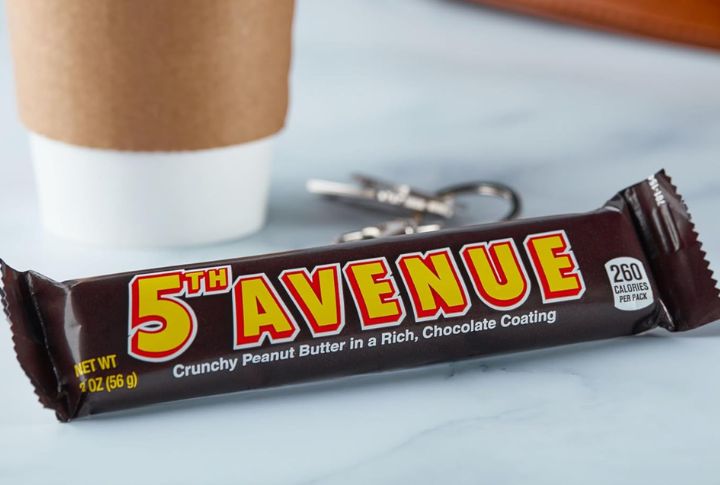
Debuting in 1936, 5th Avenue features a peanut butter-flavored crunchy center coated in smooth milk chocolate. Known for its crisp composition and bold taste, the bar has remained part of the American candy tradition, appreciated for its simplicity and satisfying bite.
Baby Ruth
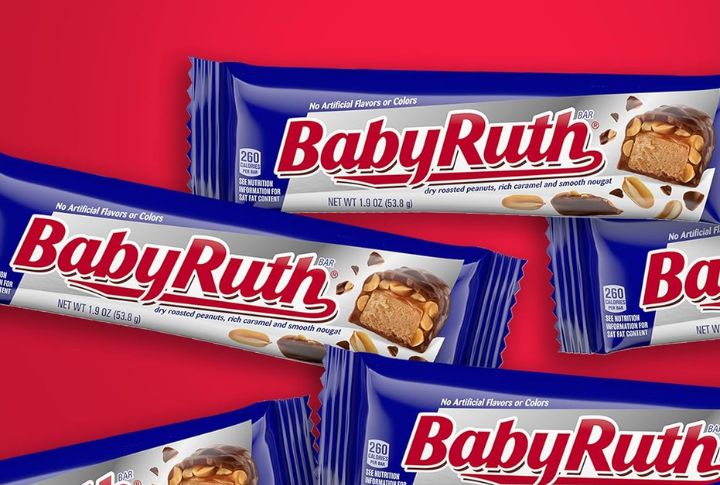
The Curtiss Candy Company created Baby Ruth in 1921. It mixed nougat, caramel, and peanuts under a chocolate shell, giving it major staying power. While the name sparked debate (Babe Ruth the ballplayer or President Cleveland’s daughter?), the bar won fans with its chewy, nutty, all-American bite.
Charleston Chew
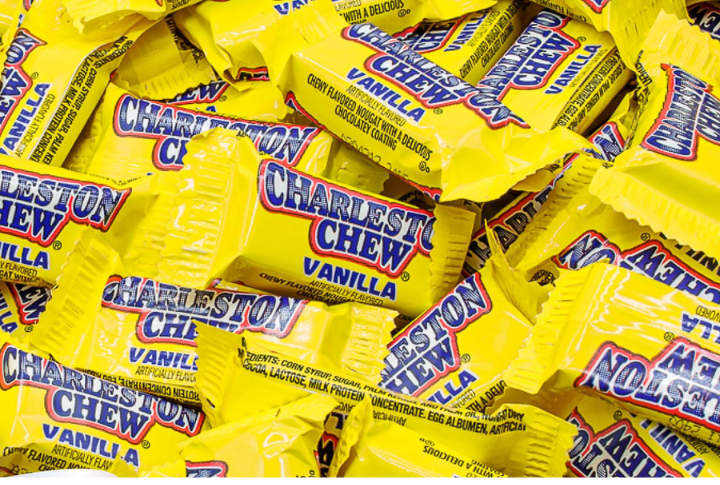
Launched in the 1920s and named after the Charleston dance craze, this chewy bar came filled with vanilla, chocolate, or strawberry nougat coated in chocolate. Frozen Charleston Chews became a fan-favorite trick—snap off a piece and let it melt slowly. A candy with rhythm and crunch.
Leave a comment